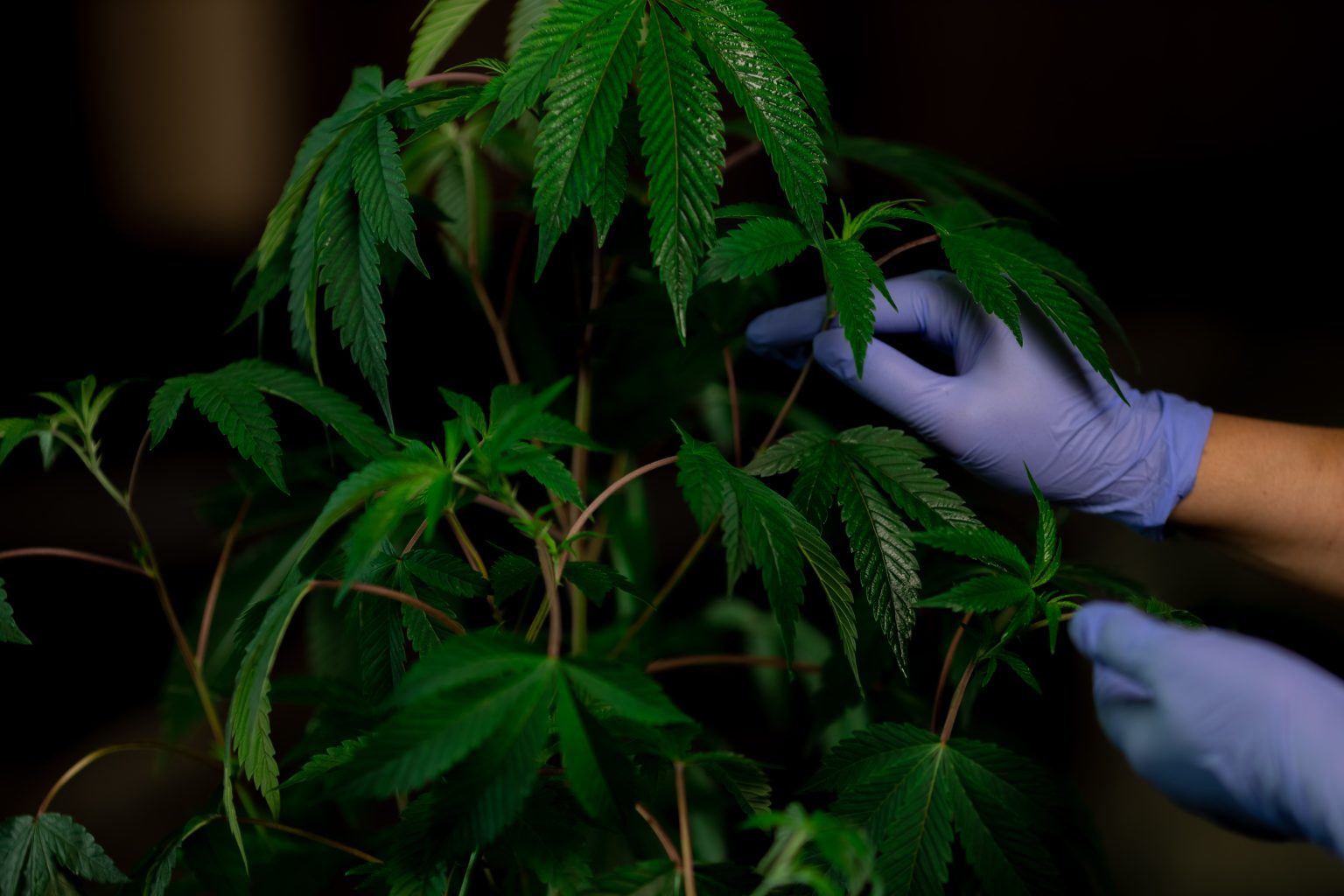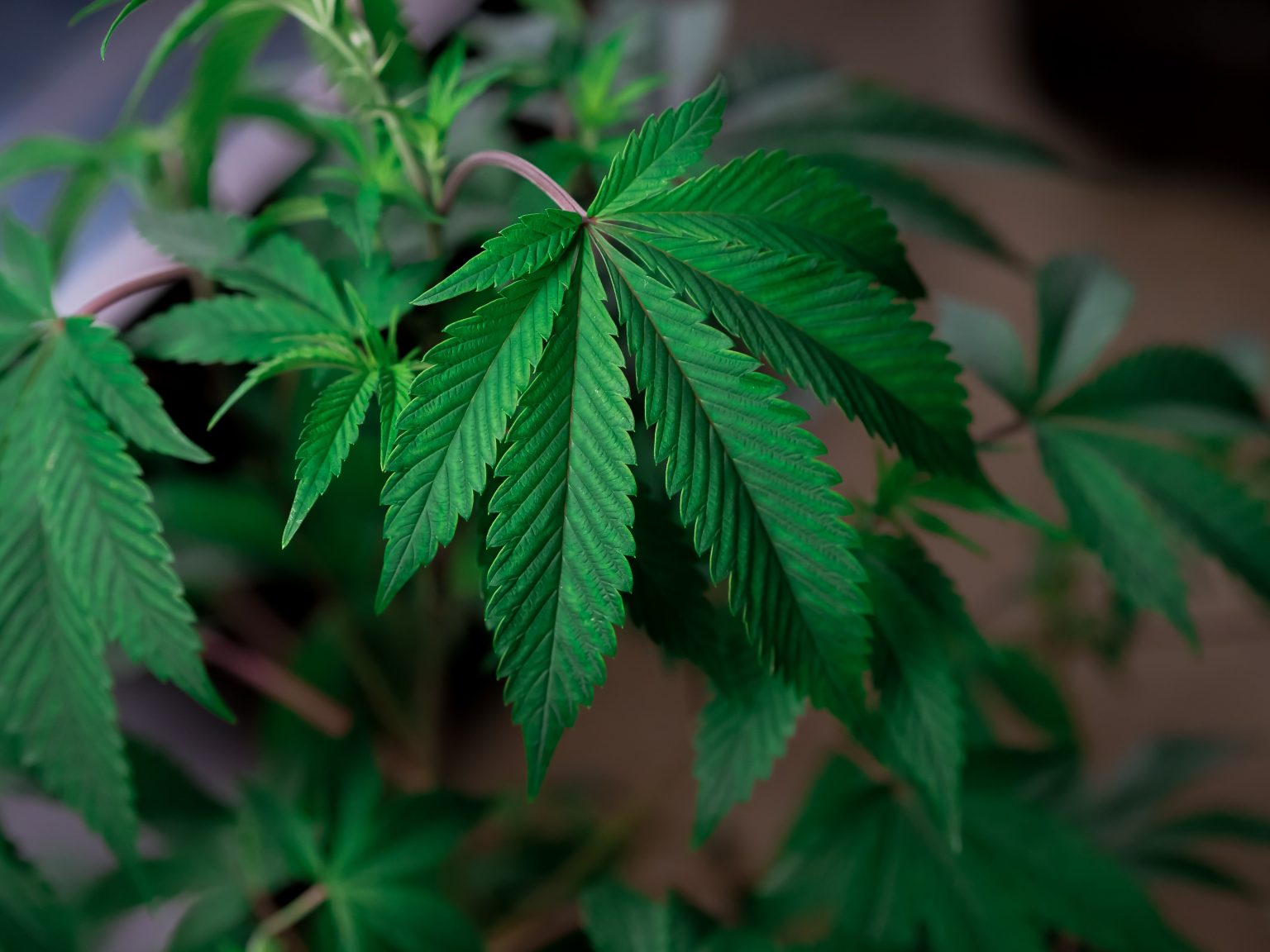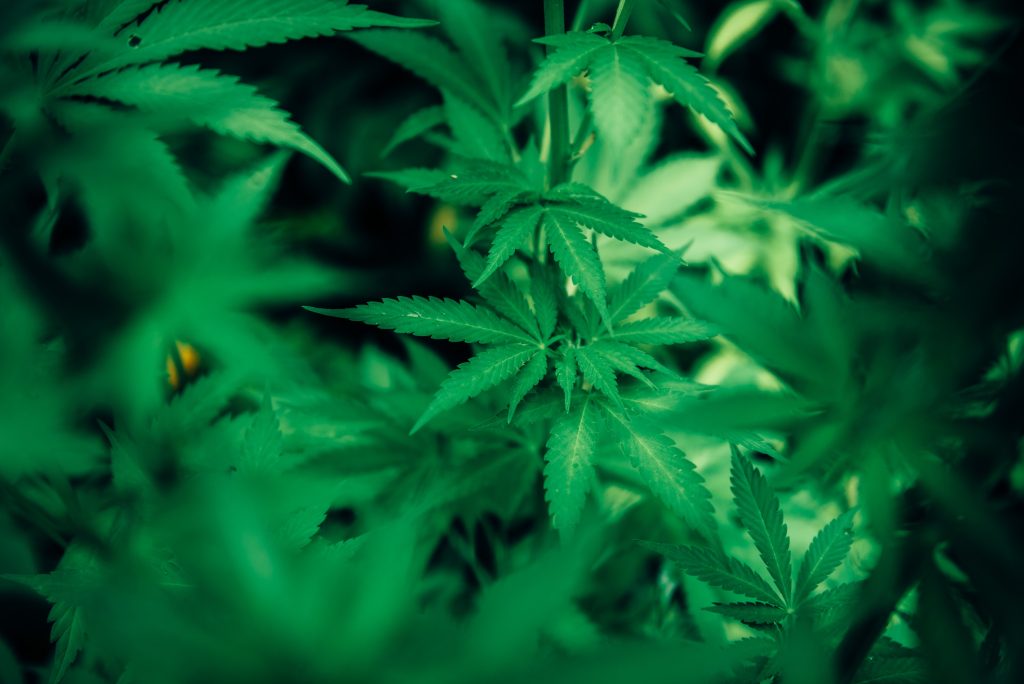Nature's Finest Cannabis Clones Delivered to Your Doorstep!
Premium genetics, expertly cultivated, ready for your garden.
Cannabis Clone Cultivation Tips

The world of cannabis cultivation is vast and varied, but one method that’s gaining traction is the use of clones. Clones, or cuttings taken from a mother plant, offer a myriad of benefits, from consistent genetics to quicker harvest times. But how do you ensure that your clones thrive? Let’s dive into some essential tips for cannabis clone cultivation.
Preparing for Your Clones
Before you even think about planting, it’s crucial to set the stage for your clones to thrive.
Setting Up the Environment
Just like any plant, cannabis clones have specific environmental needs. Ensure you have a space with controlled temperature and humidity. While clones can tolerate a range of conditions, they prefer temperatures between 72-77°F and a humidity level of around 70-80%.
Choosing the Right Containers
Your clones need room to grow. Start with smaller containers, allowing the roots to grow densely before transplanting them to larger pots. This ensures that the roots don’t become “root-bound” and can absorb nutrients efficiently.
Light and Temperature Control
Clones require a gentle introduction to light. Begin with 18 hours of soft, indirect light and 6 hours of darkness. As they mature, you can adjust this schedule and introduce them to more intense light sources.
Feeding and Watering Clones

Nourishing your clones is a delicate balance. Too much or too little can spell disaster.
Understanding Clone Nutrition
Unlike mature plants, clones don’t need a heavy dose of nutrients. Start with a mild, balanced nutrient solution, and as they grow, adjust based on the clone’s appearance and health.
Watering Techniques for Clones
Overwatering is a common mistake. Clones prefer a moist environment, but not a waterlogged one. Water lightly and ensure the container has proper drainage.
Monitoring Soil Moisture
Invest in a soil moisture meter. This tool can help you understand when it’s time to water, taking the guesswork out of the equation.
Pest and Disease Management

Healthy clones are happy clones. Protecting them from pests and diseases is paramount.
Common Pests in Clone Cultivation
From spider mites to aphids, clones can attract a variety of pests. Regularly inspect your clones, paying close attention to the undersides of leaves.
Disease Prevention Strategies
Sanitation is key. Ensure your cultivation area is clean, and consider using a mild fungicide as a preventive measure.
Organic Pest and Disease Control
For those looking for natural solutions, neem oil and diatomaceous earth can be effective against a range of pests and diseases.
Conclusion

Cannabis clone cultivation might seem daunting, but with the right knowledge and tools, it can be a rewarding endeavor. By preparing adequately, feeding and watering correctly, and staying vigilant against pests and diseases, you can ensure your clones grow into healthy, productive plants.
- Frequently Asked Questions (FAQs)
Clones offer genetic consistency, ensuring you know exactly what you’re growing in terms of growth patterns, flavors, and effects.
Typically, clones can take anywhere from 7-21 days to root, depending on the conditions and the strain.
While tap water can be used, it’s recommended to let it sit for 24 hours to allow chlorine to evaporate or to use a water filter.
Yellowing leaves can be a sign of several issues, including overwatering, nutrient deficiencies, or pests.
Clones don’t require as much nutrition as mature plants. It’s best to start with a half-strength nutrient solution and adjust based on the plant’s needs.
I hope this comprehensive guide provides clarity and confidence as you embark on your cannabis clone cultivation journey. Remember, every plant is unique, so observe, adjust, and most importantly, enjoy the process!
